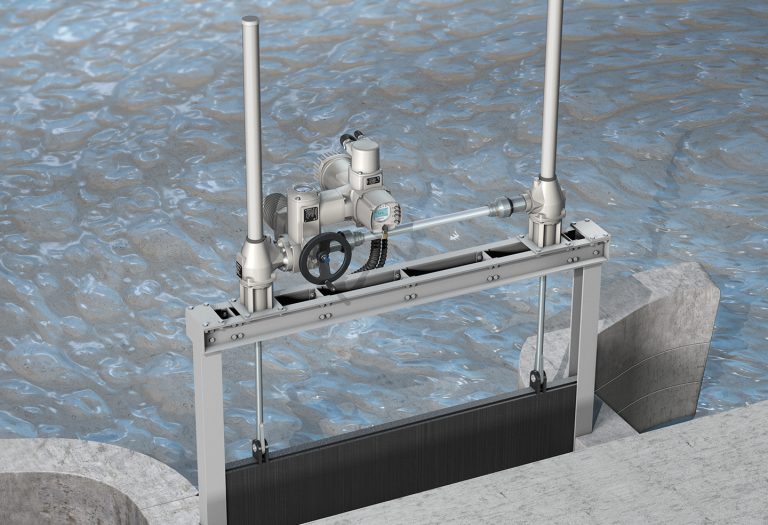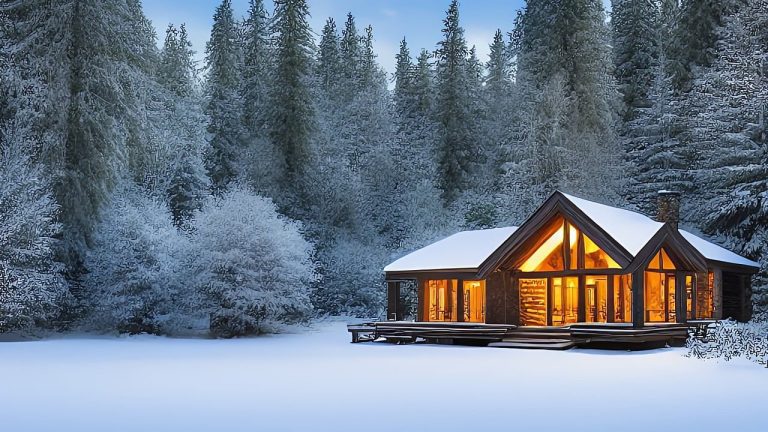Log cabins are versatile outbuildings that can be used year-round provided they are properly insulated. Insulation can transform a wooden cabin into a comfortable home addition that can be used throughout the seasons without worrying about freezing temperatures or extreme heat. Whether you plan on using your log cabin as a home office, a guest bedroom, or an entertainment space for your friends and family, it is important to consider adding insulation. When it comes to insulating a log cabin, you can opt to add it when you order and install your cabin, and this is the easiest option. Most log cabin providers will offer the option to add insulation to the log cabin kit for an extra price. If you haven’t bought a log cabin yet and plan on buying one soon, it is recommended to opt for included insulation. This will make your life easier in the long run. Effective insulation comes with many benefits such as reducing noise pollution and providing a safer environment that is more difficult to break into and has fewer vulnerabilities. An insulated log cabin will save you money in the long run as it will be more energy-efficient, and, as mentioned above, it will allow you to use the space year-round. But what happens if you already own a log cabin that is not equipped with insulation and wish to upgrade it so that you can use it year-round? The good news is that you can insulate a log cabin by following the steps below. 1. Insulating the log cabin floor If you are building a log cabin from scratch or planning to upgrade your existing log cabin, the first step you need to consider is insulating the floor. This can greatly reduce your heating bill and it will improve the energy efficiency of the cabin. The first step of insulating a cabin floor is filling all the gaps with sealant. Floor insulation is usually installed between the floor joists of the cabin and the floorboards. There are many different floor insulation options available on the market, so you can either choose fibreglass batts or rigid foam insulation. Make sure the insulation won’t affect your plumbing or electrical wiring. If you are unsure of what floor insulation to choose or how to install it, it is always best to hire a team of experts who will recommend the best option for your cabin. Once your floor has been insulated, you can add carpets to make the space cosier and more comfortable. Keep in mind that experts advise against laying a carpet in cabins that do not have floor insulation because you risk trapping moisture between the wood and the carpet, which can lead to mould. 2. Insulating the log cabin walls When purchasing a log cabin, make sure you opt for thicker walls, as the thickness of the timber will affect the energy efficiency of the cabin. Thick timber walls made of interlocking logs have good insulating properties. Before you install the cabin, you can insulate the frame with insulation boards or foil-backed polystyrene panels which protect from condensation, dampness, and extreme temperatures. If you are planning on insulating the walls of an existing log cabin, you should first ensure that they are in good condition. If you detect any holes, fill them with foam or sealant. If you notice damaged panels, the best course of action is to replace them. Next, install a roll of a breathable membrane, cut it to size, and cover it with a high-quality insulation slab. Another important aspect to consider is that a lot of heat is lost through windows and doors so it is important to opt for double-glazed windows when purchasing a new cabin. If you are upgrading an existing cabin, make sure that all the gaps around the windows are filled with sealant. If you don’t want to make any big modifications to your windows, you can use draft excluders and thick curtains. 3. Insulating the log cabin roof And last but not least, insulating the log cabin roof – this is an essential part of the cabin insulation process because up to 70% of the heat is lost through the roof. Installing a quality roof lining is key to preventing heat from escaping and ensuring that your cabin is weather-proofed. There are many different types of log cabin roofs that you can choose from, but shingles are a great option because they can be fitted atop the roofing felt. Opting for roofing felt as insulation comes with many benefits – it reduces heat loss, does not require a lot of maintenance, is long-lasting, and makes the roof more durable in extreme weather. Other types of insulation that are popular options for log cabins are open-cell foam, Celotex insulation boards, and injector foam insulation. If you are not sure what type of roof insulation fits your log cabin best, it is highly recommended to seek the advice of an expert. In Conclusion Insulation can transform a regular log cabin into a comfortable home addition that can be used in all seasons. By ensuring that your log cabin is equipped with the high-quality floor, roof, and wall insulation, you create a cosy environment that is protected from dampness, cold, and heat. Insulation can save you money in the long run because an insulated cabin is an energy-efficient space, and you can enjoy your cabin for longer as it is protected from infiltrations, mould and other types of weather damage.






